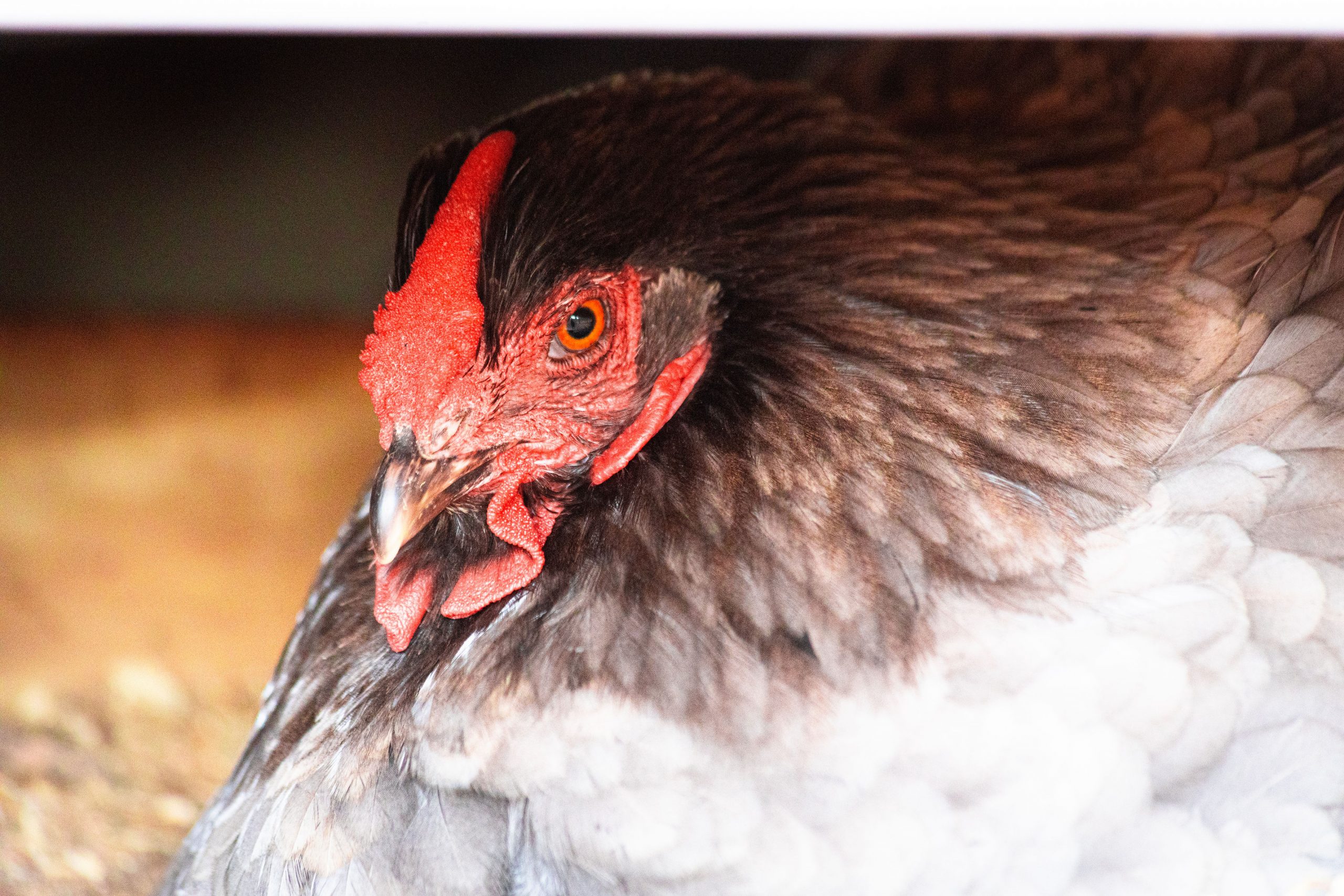Chickens have been doing just fine surviving winters with humans for many hundreds of years. Long before the invention of electricity, chickens have lived alongside people in the farmyards. We all love our chickens and want to give them the best care, especially during those bitter, cold winter months.

Here are a few ways to prepare your coop for winter. Whether you just want to make a few improvements to an existing coop, or might be planning a new one, these will definitely help keep your flock warm this winter.
- Insulate the interior coop walls. While I do not recommend using house insulation, there are many cheap and effective ways to insulate your coop. Stapling old newspaper or cardboard (I have even heard of people reusing empty feed bags), can put a huge dent in the cold that enters the coop. The thicker the walls, the warmer the inside of the coop stays. Many stores give away their cardboard boxes if you ask.
- Paint it dark. The darker the color, the more heat it absorbs. The simple trick of painting your coop a dark color will invite more heat from the sun, thus becoming a little warm box for your flock. It doesn’t have to be black, but the darker the better.
- Add sky lights. This tip isn’t so easily done, but can make a huge difference if you’re willing to put in the work. Adding a few sky lights, or windows on the roof of the coop, allow areas where the sunlight can directly penetrate the floor of the coop. In addition to adding a beautiful light source, I bet your hens will love sunbathing underneath them.
- Keep your litter dry. This is an obvious one, but keeping the litter and ground inside the coop dry is imperative. The more moisture that is inside the coop, will actually freeze onto the chickens themselves during cold nights. That is why I have started removing the waterers from inside the coop. Doing this prevents frostbite, but keeping the ice out of the waterers is a different challenge.
Many people also use the deep litter method in their coops. Instead of removing all the spoiled shavings periodically, you just keep adding more material. (layers of shavings, straw, dried leaves, etc). The litter begins to compost inside the coop and produces warmth! When spring rolls around, you have compost for the garden and can start all over again!
- Feed a winter diet. Your hens may not be laying much this winter, and that is because they are using their energy to stay warm. You can make life easier on them by feeding a fat and protein rich diet over the winter months. Whole corn, when feed as a snack before bedtime, has long been believed to warm up the bird during digestion. Scratch mixes often contain things like corn, sunflower seeds, barley, oats, and high carb seeds. You can ask your feed store for their best winter scratch mix, and your birds will be fat and happy all winter.
- Chose your breeds wisely. Although most chickens will on average do fine during winter, there are some who thrive in the cold. I happen to live in Alabama, so our winters are not that bad, however, if you happen to live in a particularly cold climate, here are a few winter hardy breeds:
- Cochins, Orpingtons, Rhode Island Reds, Australorps, Brahmas, Wyandottes, Jersey Giants, and Faverolles, just to name a few.
With a few adjustments, your flock will be warm and happy this winter. Enjoy this season of rest and recovery. Give your flock a little extra care this winter and they’ll be paying you back ten fold when spring rolls around!